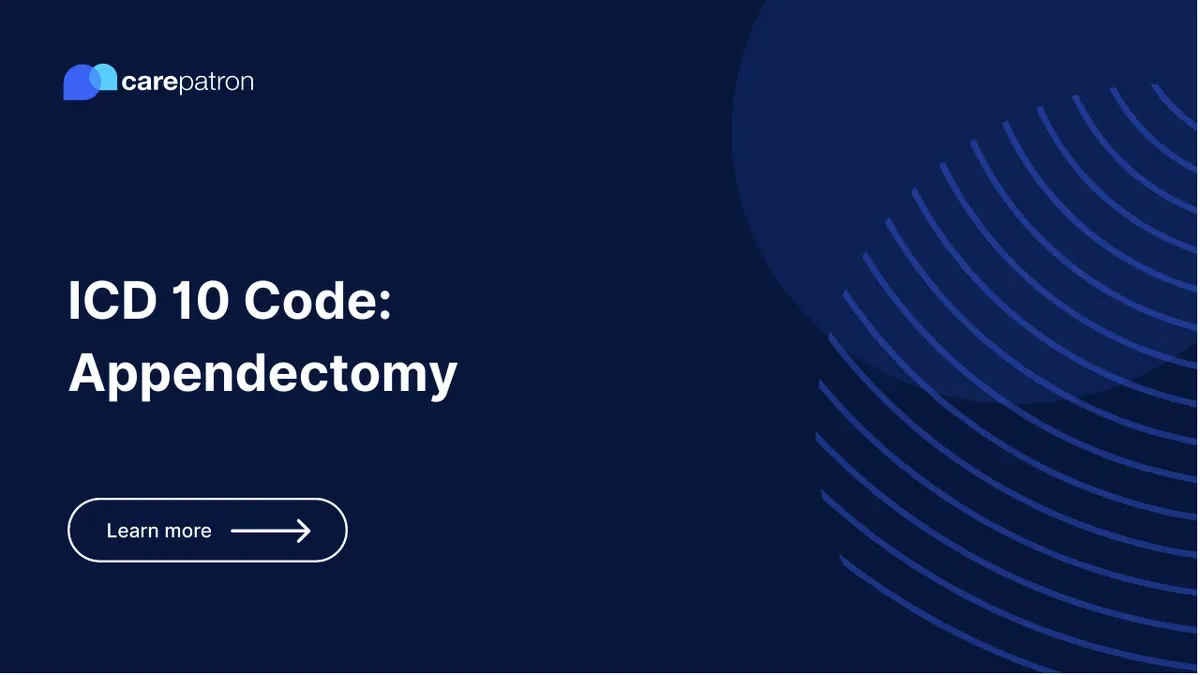
Appendectomy ICD-10-CM Codes
Looking for ICD-10 codes related to an appendectomy? Then check out this mini-guide to learn more about related ICD-10 codes and their clinical information.
Use Code
EHR and practice management software
Get started for free
*No credit card required
Free
$0/usd
Unlimited clients
Telehealth
1GB of storage
Client portal text
Automated billing and online payments
